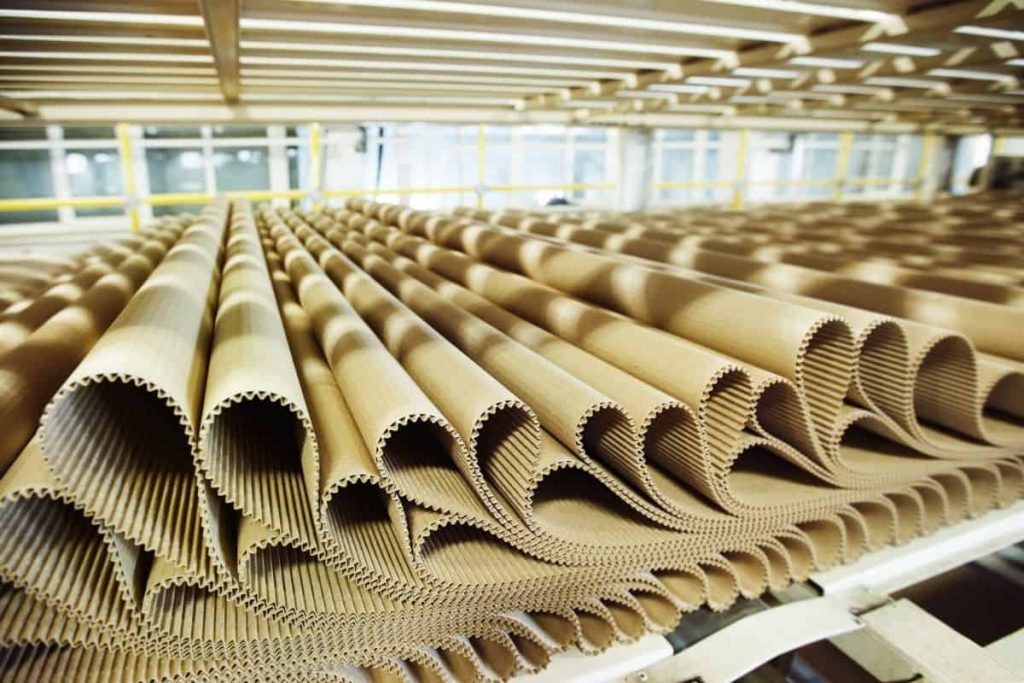What is paper?
• Three thousand years ago, the ancient Egyptians used papyrus sheets made from plants around the Nile River for writing. These sheets were the first portable and light writing surfaces.
• In 105 AD, a Chinese person named Ts’ai Lun invented paper made from tree bark for the emperor of China. At this time, paper making technology gradually flourished throughout Asia
• In the 1100s, the Moors introduced papermaking to North Africa and Spain, and from there it spread throughout Europe, their paper was made from hemp and linen.
• In the 1450s, the German Johannes Gutenberg invented a type of moving metal and a modern printing press and published about 180 copies of the famous Gutenberg Bible. This invention greatly increased the demand for paper production
Paper is actually a bunch of plant fibers that have been dried and pressed together. Paper is a bit like a cloth that you can write on. Of course, it’s not exactly like clothes! Because the fabric is obtained by weaving threads that are made of cotton or wool, and actually natural fibers. Paper is actually similar to felt because instead of weaving the fibers together, the fibers produced from plants and trees are pressed together. In this way, these fibers are tied together, join together and create a strong, solid and of course flexible tissue.
Most paper pulp is made from trees (fast-growing coniferous trees), although paper can also be made from bamboo, cotton, hemp, jute, and a wide range of plant materials. Materials such as Chinese clay are also used to make soft and smooth papers that are used for newspapers or packaging, which gives these papers a glossy and colorful coating.
The basic idea is this: you pick a plant, pound it until it turns into soft fibers. You mix it with water to make a soft suspension of plant fibers, called pulp. Then you spread the pulp (dough) on a wire mesh so that the fibers are tied together and join, we take the water from the pulp and let the sheet dry, and what is finally obtained is the same paper.
There are two sources for the production of pulp and then the production of paper: the use of trees and agricultural products. Since the country of Iran is one of the arid and semi-arid regions in terms of climate, weather and precipitation, and it also does not have vast forest resources, it has never been and will never be a suitable place for producing paper from trees. The use of agricultural residues, the most important of which is bagasse, is one of the undeniable advantages in Iran and the Middle East.
You should know that with any method of paper production, there are basically two important steps in them: preparing the pulp or dough and then creating and drying it in the form of paper sheets or paper rolls.
Paper consumption is directly related to the level of culture and awareness and knowledge of that society. According to the latest published statistics, in Iran, one person reads a book for every 381 people, and paper consumption in Iran is about 36 to 35 kg. If we want to consider its ideal level, there is a great distance from the American-European countries.

